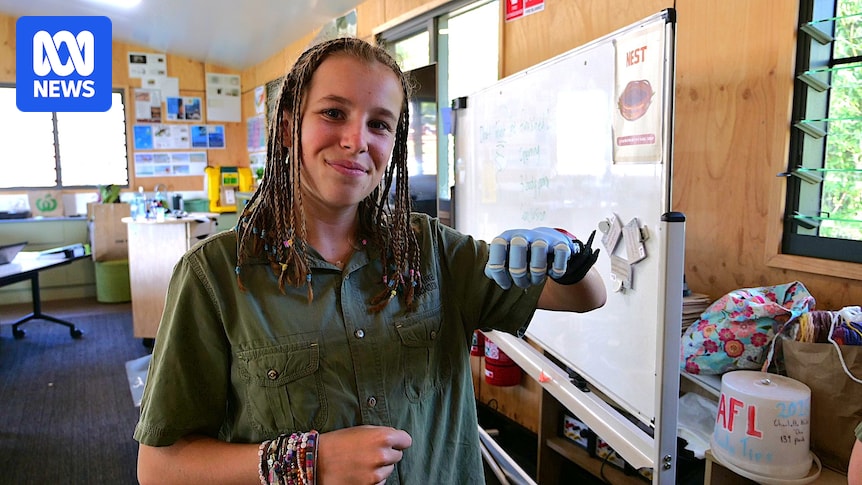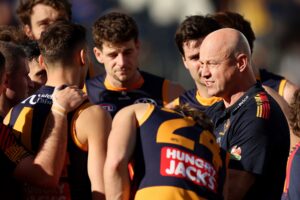
What began as a personal project for 13-year-old Lois Agnello has blossomed into an inspiring educational initiative at The Nature School in Port Macquarie, New South Wales. Born with only part of her left hand, Lois envisioned using the school’s 3D printer to create a prosthetic hand, sparking a collaborative effort among her peers and teachers.
“Being born without a hand doesn’t really stop me,” Lois remarked. “I wanted to create my own hand with my friends so I could show them what it’s like.” Her determination and creativity have not only empowered her but have also engaged her classmates in a meaningful learning experience.
From Concept to Creation
Lois, who had been using a prosthetic hand since the age of eight, approached her science and technology teacher, Lloyd Godson, with the idea. The project quickly captured the interest of her classmates after Lois shared a video about her existing prosthetic.
“It really struck a chord with a bunch of her peers,” Mr. Godson explained. The group accessed an open-source design from the Australian charity Free 3D Hands, embarking on a journey that would take three months of lunchtime meetings and material trials before successfully printing and assembling their first 3D-printed hand.
“We were all super excited about it,” Mr. Godson said. “It was a big learning curve — most of them had never used a 3D printer before.”
Learning and Innovation
The initial prototype, although basic, was functional. Triggered by upper-arm activity through a plastic wrist, it could pick up objects and move. “I was like, ‘Oh my god this is crazy,'” Lois exclaimed. “Like, I didn’t even know if it would work.”
Since then, the students have collaborated with Free 3D Hands to refine their design, producing three more advanced versions. The focus now is on enhancing comfort, a crucial aspect of prosthetic design.
Free 3D Hands founder Mat Bowtell noted, “They were very enthusiastic in being a part of the brainstorming process in regard to what we might be able to improve in the next design.”
Empowering Young Innovators
Student Wren McDowell expressed her satisfaction with the project, stating, “It makes me feel pretty good, because we are designing loads of different styles.” Joel Banwell, another student, highlighted the rewarding nature of the project, saying, “I felt fairly good that Lois was able to get a hand that worked and it made me want to make one that was even better.”
The project has gained international recognition, selected to represent Australia at the Be the Change Summit in Japan. This summit is part of a global initiative for young leaders to address challenges such as climate change, mental health, and inequality.
Mr. Godson expressed his pride, saying, “To see her in Tokyo talking about her limb difference and how Mr. Bowtell’s work had helped her and others would be incredible.”
Inspiring Future Generations
Lois hopes that sharing her story at the summit will inspire others to explore 3D printing for prosthetics in their own countries. “Other kids will be like, ‘Woah, that’s cool — like, can I try that?'” she said.
This initiative not only highlights the potential of technology in education but also underscores the power of community and collaboration in overcoming personal challenges. As Lois and her classmates continue to innovate, their story serves as a beacon of inspiration for young minds worldwide.







